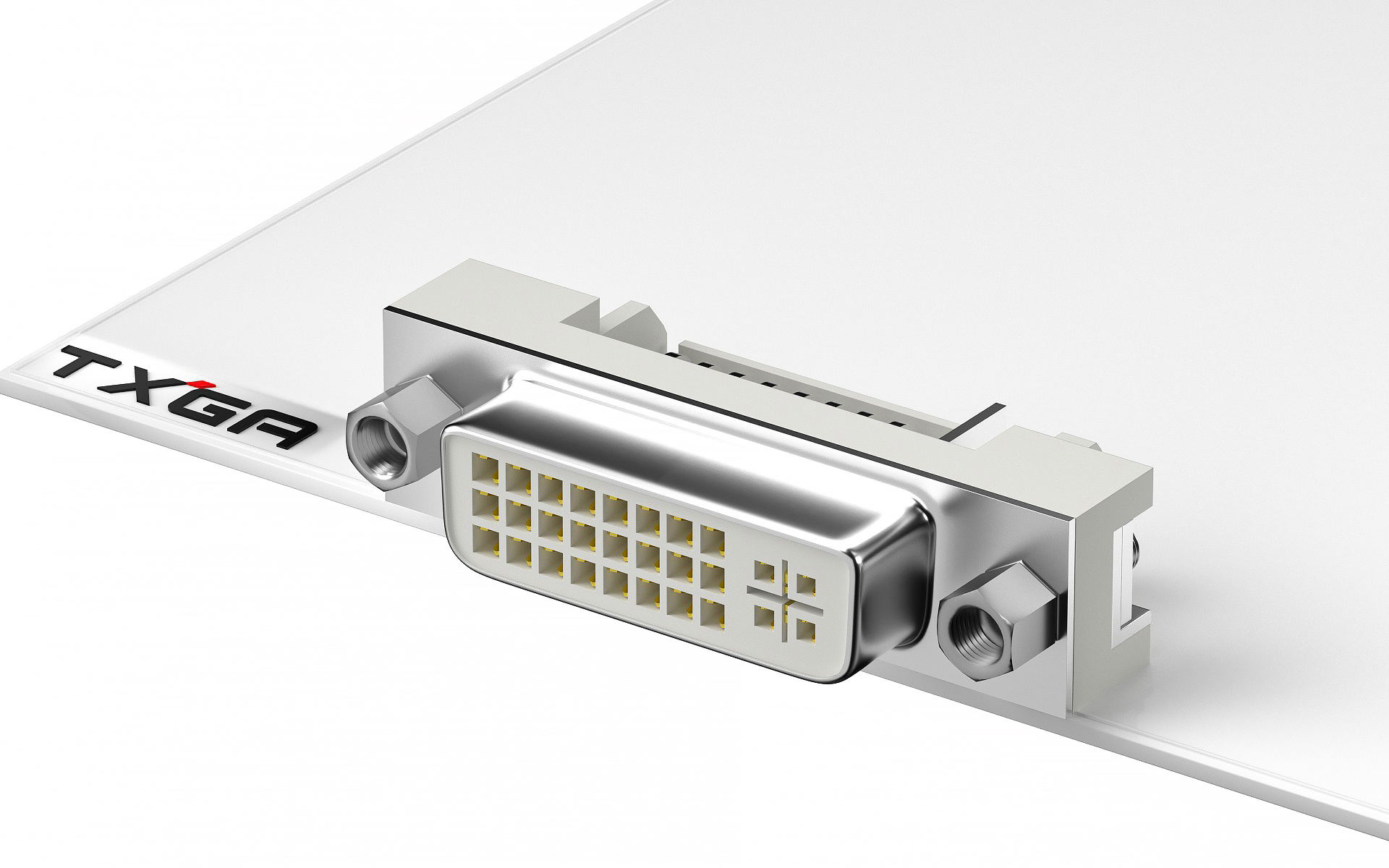DVI (Digital Visual Interface) connector, also known as digital video interface. There are 3 types and 5 specifications in total. Do you know the difference?
The three types are:
1. DVI-A (DVI-Analog) interface, which only transmits analog signals, is essentially a VGA analog transmission interface specification commonly used to transfer DVI-I output from graphics cards to D-Sub display interfaces.
2. DVI-D (DVI-Digital) interface, which is a pure digital interface and is not compatible with analog signals; DVI-D has 18 or 24 digital sockets and 1 flat socket.
3. DVI-I (DVI-Integrated) interface, compatible with both DVI-I and DVI-D plugs, compatible with digital and analog signals, with 18 or 24 digital sockets+5 analog signal sockets. At present, graphics cards generally use a DVI-I interface, which can be connected to a regular VGA interface through a conversion connector. Usually, the monitor comes with two DVI ports, or one DVI and one VGA port each.
5 specifications include:
1. Only supports analog signal interface: DVI-A (12+5).
2. Only supports digital signal interfaces: DVI-D, which can be divided into single connected DVI-D (18+1) and dual connected DVI-D (24+1).
3. Supports both analog and digital signal interfaces: DVI-I, which is divided into single connection DVI-I (18+5) and dual connection DVI-I (24+5).
TXGA has multiple models of DVI connectors, which are sold directly from the factory and have a complete range of models. They can be purchased online with a minimum order quantity of 1pc. Need a DVI connector, click to enter TXGA [Product Center] to purchase.
